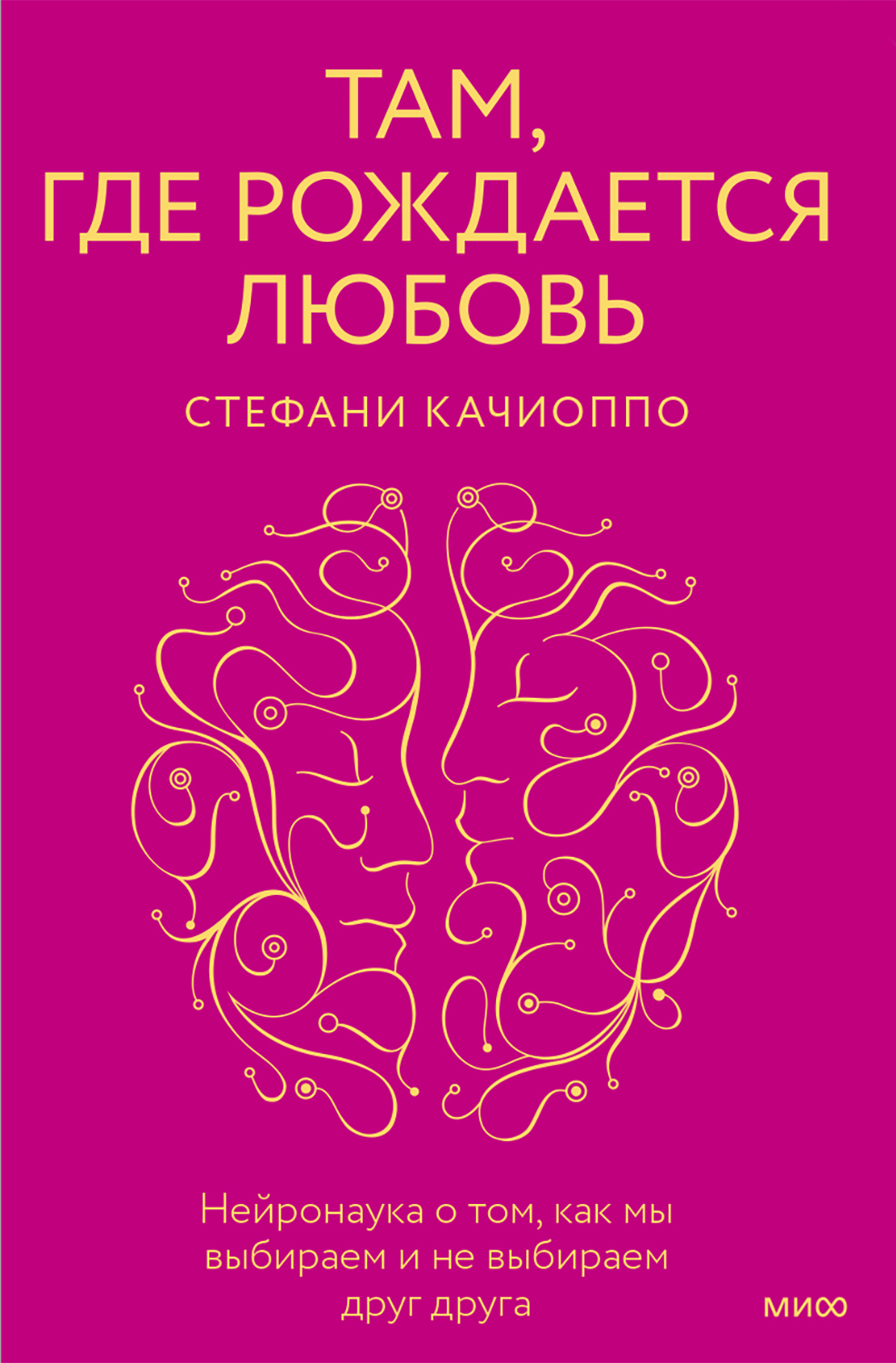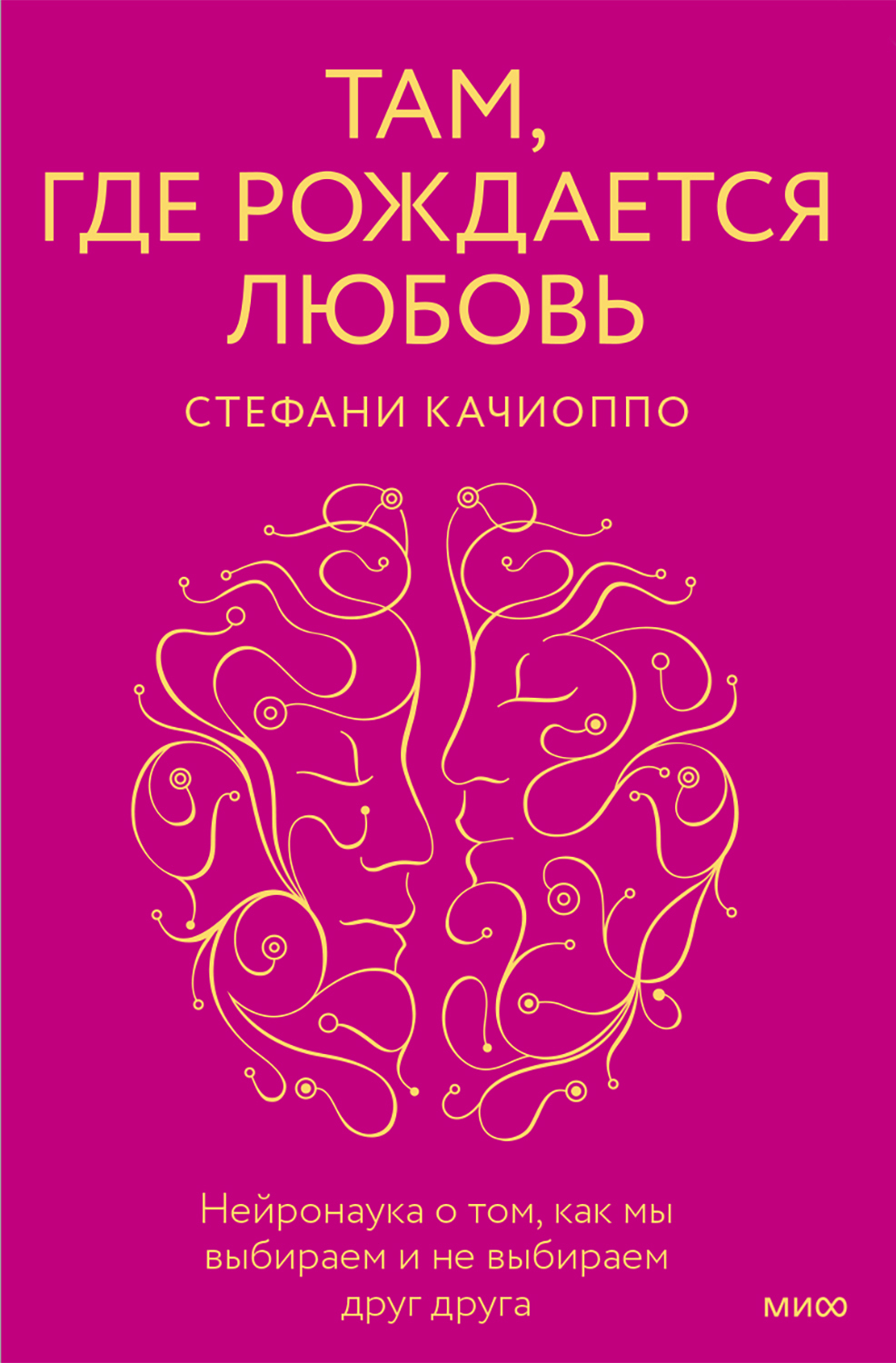et al. // Integral Review. 2009. № 5. Р. 10–115; BOLD Signal in Insula Is Differentially Related to Cardiac Function During Compassion Meditation in Experts vs. Novices / A. Lutz et al. // Neuroimage. 2009. Vol. 47, № 3. Р. 1038–1046.
Пер. Т. Л. Щепкиной-Куперник. Прим. ред.
Shakespeare W. The Merchant of Venice // Shakespeare Navigators website. 3.2.63–3.2.64.
Pevsner J. Leonardo da Vinci’s Contributions to Neuroscience // Trends in Neurosciences. 2002. Vol. 25, № 4. Р. 217–220. См. также: Pevsner J. Leonardo da Vinci’s Studies of the Brain // The Lancet. 2019. № 393. Р. 1465–1472.
Fessl S. The Hidden Neuroscience of Leonardo da Vinci // Dana Foundation. 2019. September 23. URL: https://dana.org/article/the-hidden-neuroscience-of-leonardo-da-vinci (accessed: 01.07.2021).
Андреас Везалий (1514–1564) — ученый-анатом, врач, основоположник научной анатомии. Одним из первых на практике путем вскрытий изучал человеческий организм. Прим. ред.
Луиджи Гальвани (1737–1798) — итальянский врач, анатом, физиолог и физик, один из основателей электрофизиологии и учения об электричестве, основоположник экспериментальной электрофизиологии. Прим. ред.
Поль Пьер Брока (1824–1880) — французский хирург, этнограф, анатом. Фактически является основоположником современной антропологии. Прим. ред.
Сантьяго Рамон-и-Кахаль (1852–1934) — испанский врач и гистолог, один из основоположников современной нейробиологии. Лауреат Нобелевской премии по физиологии и медицине за 1906 год. Прим. ред.
Equal Numbers of Neuronal and Nonneuronal Cells Make the Human Brain an Isometrically Scaled-Up Primate Brain / F. A. C. Azevedo et al. // Journal of Comparative Neurologyю. 2009. Vol. 513, № 5. Р. 532–541.
Gazzaniga M. S. Who Is in Charge? // BioScience. 2011. Vol. 61, № 12. Р. 937–938.
Marked Loss of Myelinated Nerve Fibers in the Human Brain with Age / L. Marner et al. // Journal of Comparative Neurology. 2003. Vol. 462, № 2. Р. 144–152. URL: https://doi.org/10.1002/cne.10714.
Reber P. What Is the Memory Capacity of the Human Brain? // Scientific American Mind. 2010. May 1. URL: https://www.scientificamerican.com/article/what-is-the-memory-capacity/ (accessed: 01.07.2021). См. также: Nanoconnectomic Upper Bound on the Variability of Synaptic Plasticity / T. Jr. Bartol et al. // eLife. 2015. № 4. URL: https://elifesciences.org/articles/10778.
Human Brain Can Store 4,7 Billion Books — Ten Times More Than Originally Thought // Telegraph. 2016. January 21. URL: https://www.telegraph.co.uk/news/science/science-news/12114150/Human-brain-can-store-4.7-billion-books-ten-times-more-than-originally-thought.html (accessed: 01.07.2021).
Aamodt S., Wang S. Welcome to Your Brain: Why You Lose Your Car Keys but Never Forget How to Drive and Other Puzzles of Everyday Behavior. New York: Bloomsbury, 2009. Р. 102. См. также: Jabr F. Does Thinking Really Hard Burn More Calories? // Scientific American. 2012. July 18. URL: https://www.scientificamerican.com/article/thinking-hard-calories/ (accessed: 01.07.2021).
Fisher H. Anatomy of Love: A Natural History of Mating, Marriage, and Why We Stray. New York: W. W. Norton, 2017. Р. 281.
Dunbar R. The Social Brain Hypothesis // Evolutionary Anthropology: Issues, News, and Reviews. 1998. Vol. 6, № 5. Р. 178–190.
Обзор того, как эволюционировали люди (и их мозг), см.: Harari Y. N. Sapiens: A Brief History of Humankind. New York: Random House, 2014.
Von Der Heide R., Vyas G., Olson I. R. The Social Network-Network: Size Is Predicted by Brain Structure and Function in the Amygdala and Paralimbic Regions // Social Cognitive and Affective Neuroscience. 2014. Vol. 9, № 12 Р. 1962–1972.
Cacioppo S., Cacioppo J. T. Introduction to Social Neuroscience. Princeton, NJ: Princeton University Press, 2020. Р. 77–83.
A Quantitative Meta-analysis of Functional Imaging Studies of Social Rejection / S. Cacioppo et al. // Scientific Reports. 2013. Vol. 3, № 1. Р. 1–3.
A Quantitative Meta-analysis of Functional Imaging Studies of Social Rejection / S. Cacioppo et al. // Scientific Reports. 2013. Vol. 3, № 1. Р. 206.
Cacioppo S., Cacioppo J. T. Introduction to Social Neuroscience. Р. 31–52.
Gazzaniga M. S. The Consciousness Instinct: Unraveling the Mystery of How the Brain Makes the Mind. New York: Farrar, Straus and Giroux, 2018. Р. 26–27.
Cobb M. The Idea of the Brain. New York: Basic Books, 2020. Р. 1–2.
The Characteristics and Correlates of Fantasy in School-Age Children: Imaginary Companions, Impersonation, and Social Understanding / M. Taylor et al. // Developmental Psychology. 2004. Vol. 40, № 6. Р. 1173–1187.
Only-Child and Non-Only-Child Exhibit Differences in Creativity and Agreeableness: Evidence from Behavioral and Anatomical Structural Studies / J. Yang et al. // Brain Imagining Behavior. 2017. Vol. 11, № 2. Р. 493–502.
Behavioral and Neural Correlates of Delay of Gratification 40 Years Later / B. J. Casey et al. // Proceedings of the National Academy of Sciences. 2011. Vol. 108, № 36. Р. 14998–15003.
Ньокки — блюдо альпийской кухни, преимущественно итальянское. Представляет собой небольшого размера клёцки из теста на пшеничной муке с яйцом. Прим. ред.
Cacioppo S. Neuroimaging of Love in the Twenty-First Century // The New Psychology of Love / eds. R. J. Sternberg, K. Sternberg. Cambridge, UK: Cambridge University Press, 2019. Р. 357–368.
Laeng B., Vermeer O., Sulutvedt U. Is Beauty in the Face of the Beholder? // PLoS One. 2013. Vol. 8, № 7. e68395.
MHC-Dependent Preferences in Humans / C. Wedekind et al. // Proceedings of the Royal Society of London B (Biological Sciences). 1995. Vol. 260, № 1359. Р. 245–249. URL: https://royalsocietypublishing.org/doi/10.1098/rspb.1995.0087.
Moskalik B., Uetz G. W. Female Hunger State Affects Mate Choice of a Sexually Selected Trait in a Wolf Spider // Animal Behaviour. 2011. Vol. 81, № 4. Р. 715–722.
Oxytocin Reduces Caloric Intake in Men / E. A. Lawson et al. // Obesity. 2015. Vol. 23, № 5. Р. 950–956.
От англ. ventral intraparietal area. Прим. ред.
Blanke O., Ortigue S. Lignes de fuite: Vers une neuropsychologie de la peinture. Lausanne: PPUR Presses Polytechniques, 2011. Р. 113–143.
Blanke O., Ortigue S., Landis T. Colour Neglect





